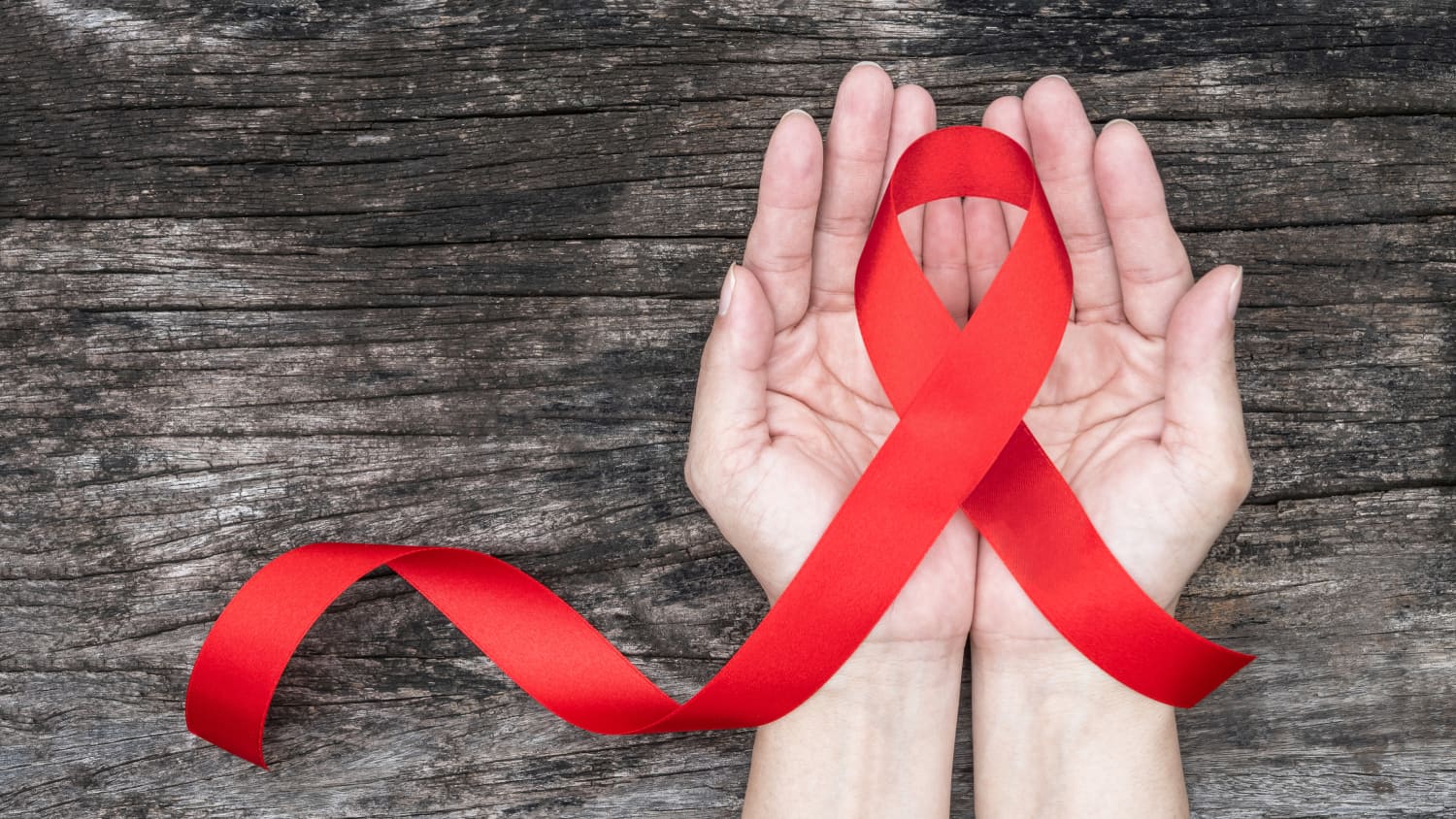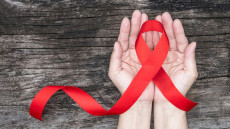- Globally, over 40 million people are now living with HIV.
- The world has done a lot to fight it, but progress is slowing down.
According to new data from the World Health Organization (WHO), 1.3 million people were infected with Human Immunodeficiency Virus (HIV) in 2024 alone. That’s 1.3 million lives changed in just one year.
It’s easy to scroll past that number like it’s just another headline but it’s real. HIV hasn’t gone away. Yes, treatment has improved and awareness is higher, but the virus is still spreading especially among young people.
What’s most alarming? Thousands of children are among those new infections. In Eastern and Southern Africa, adolescent girls are six times more likely to acquire HIV than boys.
These aren’t just statistics. They’re stories of people who deserve better protection, education, and care.
Globally, over 40 million people are now living with HIV. The world has made progress, but that progress is slowing. WHO’s message is clear: if we get too comfortable, the numbers will rise again.
Read More
To fight back, WHO recommends expanding access to pre-exposure prophylaxis (PrEP) options. More choices mean more uptake and more effective prevention because people can choose what works best for them.
We need open conversations in schools, in music, and on social media. We need to make testing and prevention normal, not shameful. We need to fight stigma, because silence still fuels the epidemic.
Governments and organizations must invest in awareness campaigns that actually reach youth: online.
The 1.3 million new infections aren’t just a health statistic. They’re a wake-up call. HIV is not “old news.” It’s still here. It’s still affecting young people. But it doesn’t have to stay that way.
With knowledge, empathy, and bold conversations, our generation can be the one that ends it.
Stay connected with us on WhatsApp and X for instant updates and breaking news as it happens.












